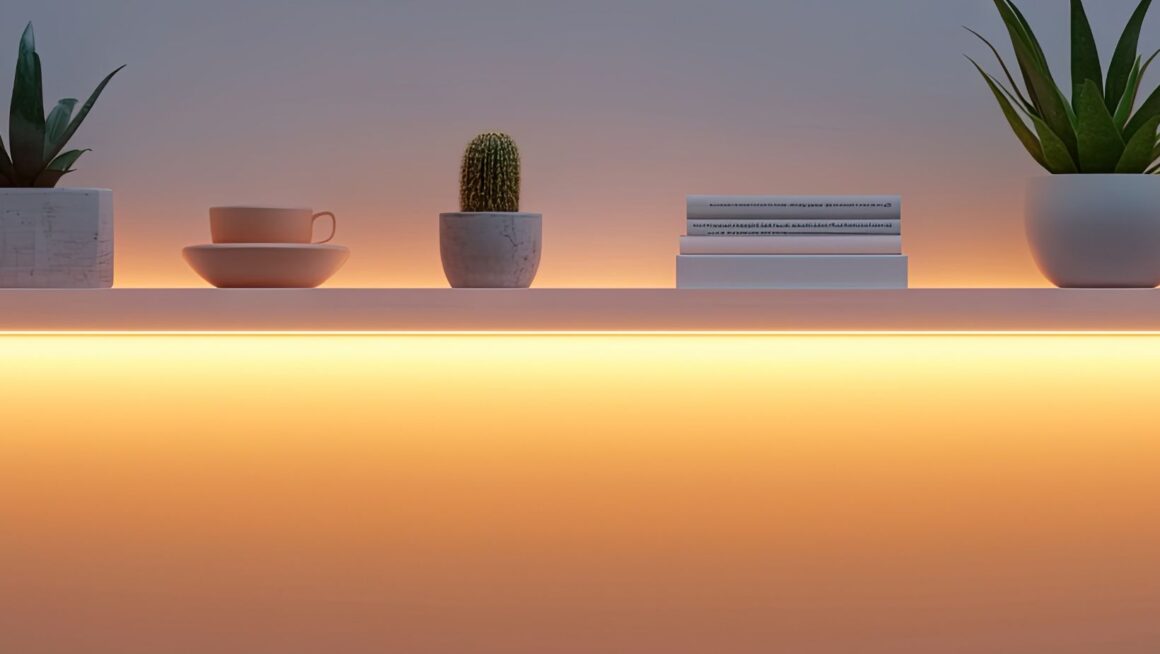
The retail landscape has been continually evolving, and as we move further into the digital age, the role of visual merchandising has become more critical than ever. From the way products are displayed to how they are illuminated, every detail plays a significant role in attracting and retaining customers. One area that stands out is the increasing use of LED technology and light-enhanced displays. These tools are not only visually captivating but also eco-friendly and cost-effective, changing the way retailers approach merchandising.
The Shift Towards Energy Efficiency
As sustainability becomes a central concern for brands and consumers alike, energy-efficient solutions have risen to prominence. Retailers are now prioritising technologies that reduce their carbon footprint while creating engaging shopping experiences. LED lighting has emerged as a game-changer in this regard. With its long lifespan and lower energy consumption, LED lighting helps brands not only to save on their electricity bills but also to align with consumer values of sustainability.
For those looking to explore how lighting can elevate visual merchandising in an eco-conscious manner, a great starting point is to discover energy-efficient lighting displays. These innovative solutions enhance the visual appeal of merchandise while also promoting an environmentally responsible approach.
Enhanced Visibility and Engagement
One of the primary benefits of LED displays is their ability to enhance visibility. With bright, uniform light, products become more appealing, encouraging customers to engage with them. The vibrancy offered by LEDs can make colours pop, highlighting intricate designs and unique features that might otherwise go unnoticed under traditional lighting.
Moreover, the adaptability of LED technology allows retailers to create dynamic environments. For example, with programmable lights, shops can change the colour and intensity based on time of day, season, or promotional events. This not only keeps the display visually fresh but also helps to create a unique atmosphere that resonates with customers.
The Role of Technology in Visual Merchandising
While lighting is crucial, technology is also reshaping the landscape of visual merchandising. The integration of digital displays alongside LED technology offers a multifaceted approach. Retailers can use screens to showcase products in action, display customer testimonials, or even run promotions in real-time.
Digital signage is particularly powerful because it allows for immediate updates. When stock levels change or a new product launches, businesses can inform their customers almost instantaneously without the need to recreate static displays. This flexibility fosters a sense of urgency that can drive sales and increase foot traffic.
Personalisation: A Key Trend
Another integral aspect of modern visual merchandising is personalisation. With the help of technology, retailers can gather data on customer preferences and behaviours, tailoring the shopping experience accordingly. Imagine walking into a store where the displays light up with products that align with your shopping history. By integrating light-enhanced displays with customer intelligence, retailers can create bespoke experiences that cater directly to individual needs.
For instance, a clothing retailer may choose to highlight certain styles that align with a customer’s previous purchases. The use of LED lighting in these targeted displays not only draws attention but also enhances the likelihood of conversion. This personalised approach elevates the shopping experience from a simple transaction to an engaging, memorable event.
Best Practices for Implementing LED Displays
Incorporating LED and light-enhanced displays into your retail space can transform how products are showcased, but it’s important to approach this transition thoughtfully. Here are some best practices to consider:
1 Assess Your Space: Understand the layout and inherent characteristics of your store. Identify areas that would benefit from improved lighting and dynamic displays.
2 Choose the Right Colour Temperature: Different products require different lighting. Warm white lights may work best for showcasing clothing, while cooler tones may enhance the look of electronics.
3 Focus on Key Areas: Use light to draw attention to focal points—such as end caps or promotional displays—ensuring these areas are driving customer engagement.
4 Regularly Update Content: If you’re using digital displays, make sure the content is refreshed regularly to keep it relevant and engaging.
5 Consider the Customer Journey: Think about how customers navigate your space. The lighting should guide them seamlessly through the store, creating a cohesive flow from one section to another.
Bridging A Gap Between Physical and Digital
As the lines between online and offline shopping continue to blur, retailers must work harder to create compelling in-store experiences. Light-enhanced displays represent a vital link in this chain. By offering an immersive experience that combines the tactile nature of in-store shopping with the dynamic capabilities of digital solutions, retailers can create environments that are not only visually stunning but also highly functional.

In conclusion, the future of retail visual merchandising lies in the effective use of LED technology and light-enhanced displays. By adopting energy-efficient solutions, retailers can enhance product visibility, engage customers in innovative ways, and build experiences that feel personalised and memorable. As sustainability and technology continue to influence consumer behaviours, those who embrace these advancements will undoubtedly lead the market towards a brighter, more sustainable future.
Investing in energy-efficient lighting and cutting-edge displays isn’t just a trend; it’s a strategic move towards a more engaging and sustainable retail experience. The journey is just beginning, and the future promises exciting developments that could reshape how we think about shopping altogether.







